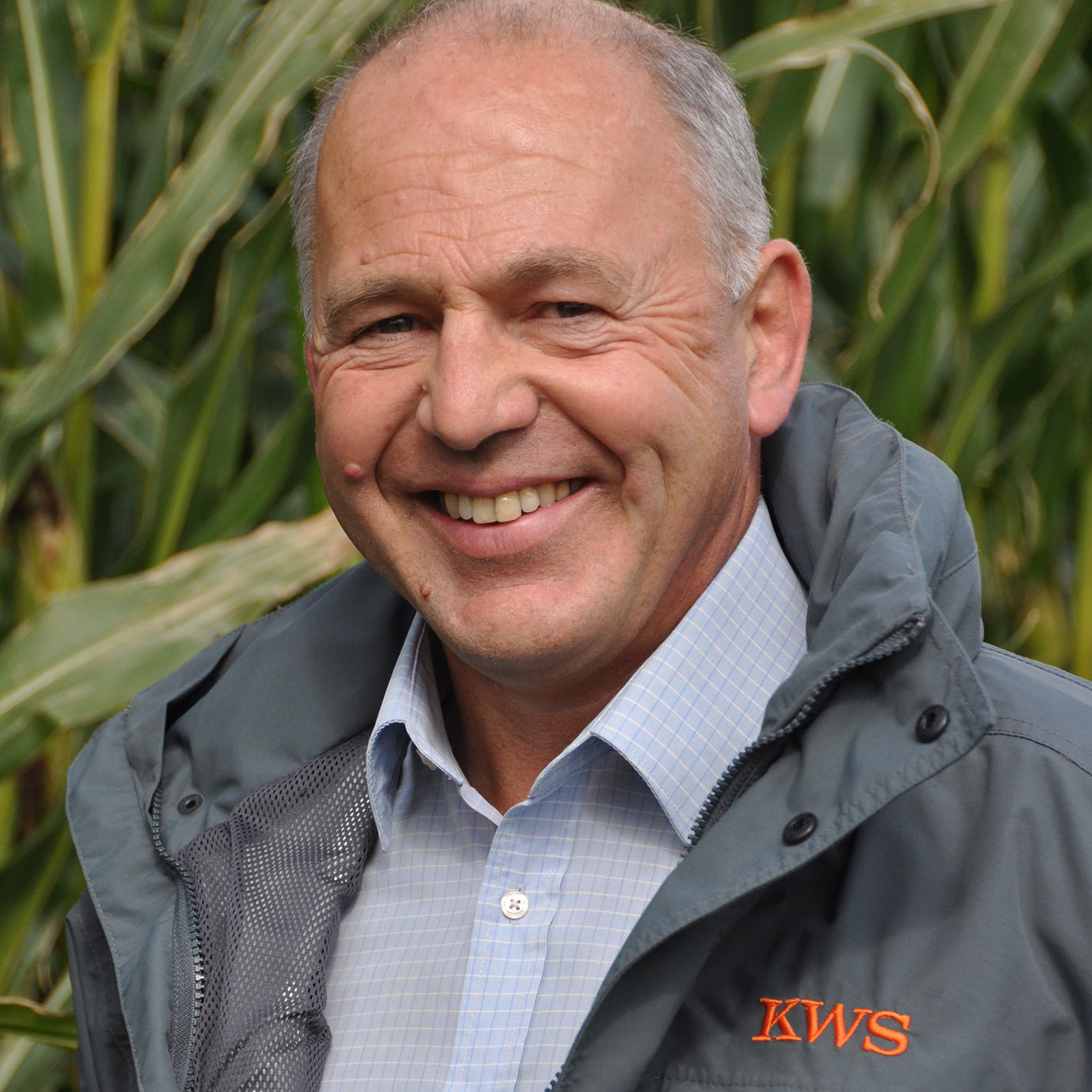January 2019
Environmental concerns over soil erosion and run-off from leaving land bare over the winter have led to a renewed interest in the undersowing of maize with grass, and producers may also be able to reap direct benefits from the practice. Wendy Short canvassed some expert opinions on the subject.
Maize does not thrive under competition and this trait has led to a widespread belief that undersown grass will smother young maize plants, with a negative effect on yields. However, John Burgess of KWS says that with correct timing and management, the policy can enhance soil structure and reduce nutrient leaching, also providing a secondary forage source.
In addition, it can help to meet cross-compliance and greening requirements and in the long-term, the halt of soil erosion should enhance crop yields. The practice is already commonplace in Germany and in Denmark, he comments.
“The key is to wait until the maize is tall enough to be able to intercept available sunlight,” says Mr Burgess. “Once it reaches that stage, the grass plants will not hinder its growth and they can benefit the maize, by helping to remove excess surface water, as well as to retain soil moisture in times of drought.
“Another element of a successful undersowing programme is to choose the right maize variety. It is important to sow an early variety, which will grow rapidly and requires fewer days, in order to reach maturity, compared with later types. The maize should also have a high score for vigour; Rodriguez KWS, an early with an FAO of 170, would be one example.”
Farm location is another factor to take into account, he adds.
“In low rainfall areas, the delayed drilling of the grass seed can inhibit germination, and lead to poor grass establishment. It should also be noted that due to the presence of the primary crop, the grass seed cannot be rolled and therefore seed-to-soil contact may be limited.”
His preferred method for undersowing is to use a spinner, to apply the grass seed when the maize is at the 3-8-leaf stage, while the plants are still short enough for machinery to pass without causing damage.
“Under normal weather conditions, this should give a vigorous crop of grass, which can be cut or grazed in early season the following year; the grass plants will not normally have produced enough tillers, for utilisation in the autumn of the same year.
Francis Dunne of Field Options points out that leaving maize stubble over the winter may not be a future option, due to increased regulatory restrictions. Undersowing maize with grass offers a solution, and it already counts as one of the Ecological Focus Area options within the Basic Payment Scheme for England and Scotland, he points out.
Field Options, in conjunction with contractor, Roy Price and the Wye and Usk Foundation, has designed a purpose-built inter-row drill for the task and two are currently in operation in the Welsh border counties. The Field Options maize undersowing drill overcomes the seed consolidation issue, through the use of a press wheel, which follows the double-disc coulters.
“The drill is set up for a six-row or 12-row maize drill format at standard row spacings, but it has built-in tolerances, to allow for undersowing in crops planted with an eight-row drill,” says Mr Dunne. “The original drill was set up to drill into 70cm rows, but it can easily be adapted to narrower row formats.”
In his experience, the most productive grass mixes for undersowing have been Italian ryegrass (IRG) varieties.
“IRG is the most vigorous and has the greatest potential to produce optimum biomass yield, after the maize harvest. Perennial ryegrasses tend to be less vigorous and more suitable for earlier drilling earlier, because they are less likely to compete with the crop.
“Trials in Denmark have used cocksfoot and tall fescue for undersowing; they are much slower in their growth habits, but they provide adequate ground cover over the winter. Our own trials have looked at a mixture of vetches and IRG, as well as berseem clover and IRG, with both of the mixtures fixing nitrogen and boosting productivity in early spring. The IRG in our trial produced more than three tonnes/ha of dry matter, with an ME of 12 and a crude protein of 12 per cent, by the end of March.”
Mr Dunne urges producers to be cautious about taking silage from an undersown grass crop the following spring.
“The soil surface can be quite uneven, after the maize has been taken off,” says Mr Dunne. “This can lead to soil contamination and affect silage quality, with the associated risk to livestock. The field can also contain significant number of maize stalks, unless they have been flailed immediately after harvest. Grazing with sheep or young cattle is the best utilisation method.”



